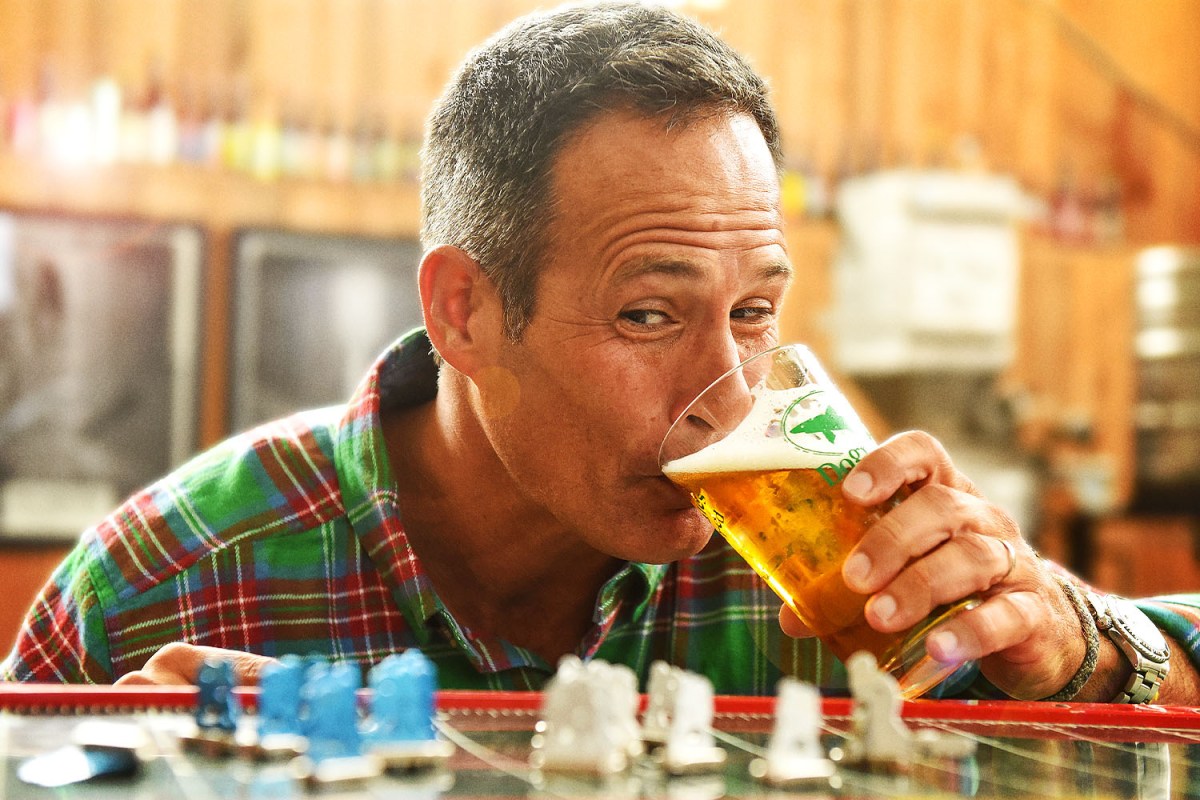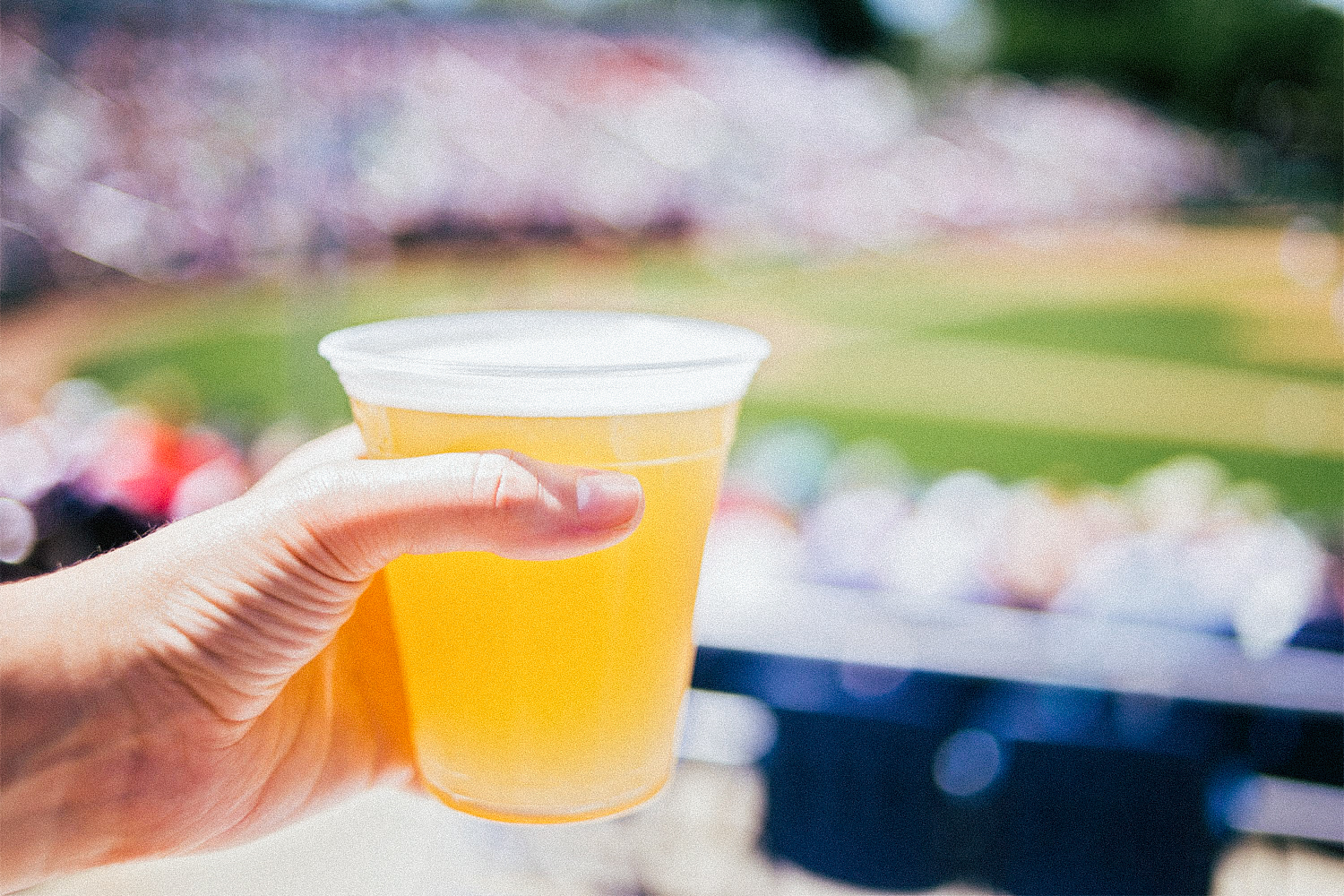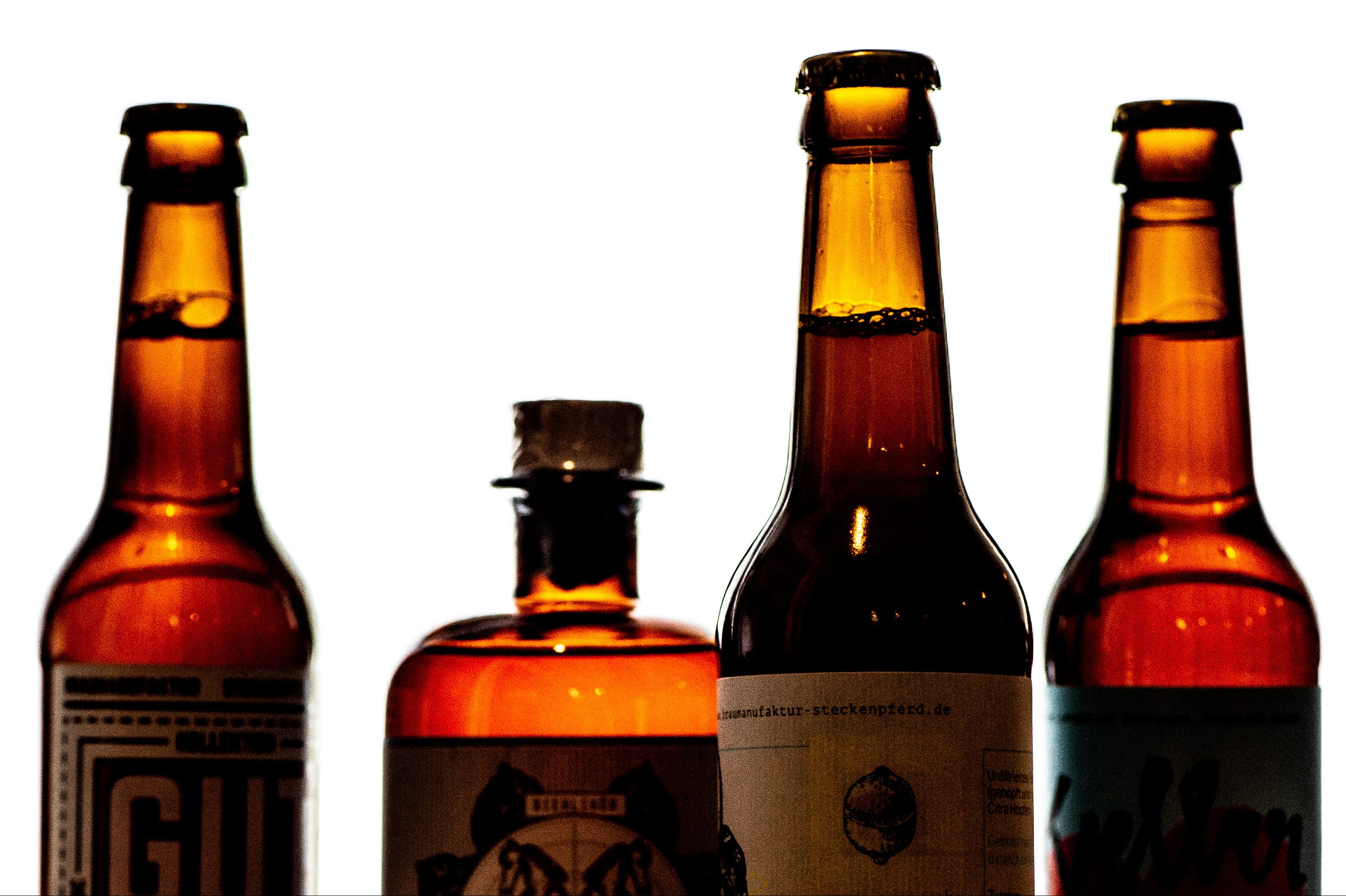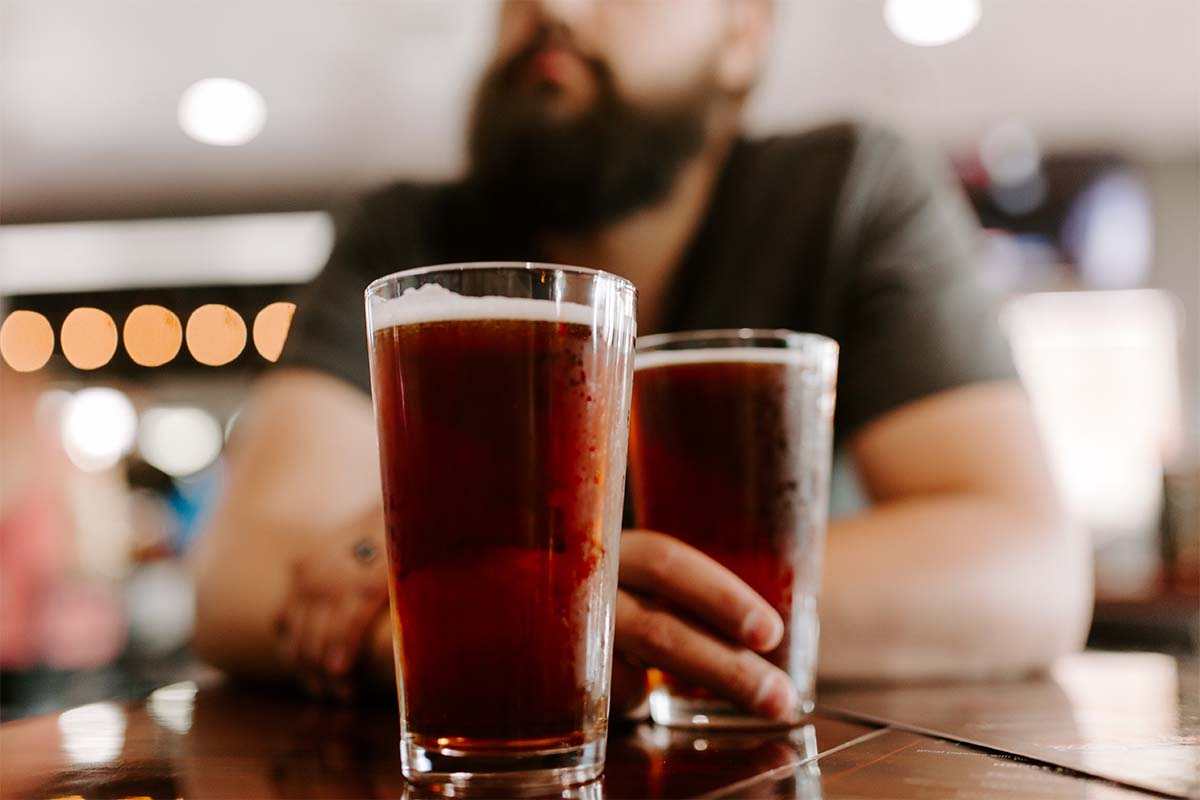“People thought we were assholes and heretics.”
Sam Calagione laughs. It’s May of 2021 and the craft brewing giant behind Dogfish Head is recounting the beer world’s initial reaction to the Delaware-based brewery he launched rather inauspiciously in 1995.
For those first few debt-ridden years, the brewery had a tough time breaking out of its small market and getting people to buy into a new concept: not just craft beer in general, but craft beer that took a lot of its influences from culinary ingredients.
Fast forward to today. Dogfish Head is the second-largest craft brewing operation in the United States, thanks in part to a merger with Boston Beer Company in 2019. The brand, which also launched into spirits in 2002, has more recently introduced a line of ready-to-drink (RTDs) cocktails, a brewpub in Miami, a series of limited-edition beers that tie into environmental causes, a non-alcoholic wheat beer (that’s legit good), a hotel and other avenues of opportunity and revenue.
In other words, they’re doing quite OK, for heretics and whatnot. The beer world came around to them.
That said, craft beer isn’t even in the same place it was two years ago, when that Boston Beer-Dogfish Head merger materialized. Then? It was all about endless growth (think: a new brewery opening across the country roughly every single day) and hoppy IPAs. Now? The conversations can be just as much about the environment. Or inclusivity. The lingering impact of COVID. Or the role of low- and no-alcoholic beverages, hard seltzers and spirits.
And thankfully, not that much about IPAs.
What I like about Dogfish is their experimental nature, yes, but also that their best beer (IMHO) is a session sour called SeaQuench Ale. The brewery appeals to me just as much as it does to the biggest beer nerd I know, who is a true IPA hophead (and Dogfish Head is his favorite brewery).
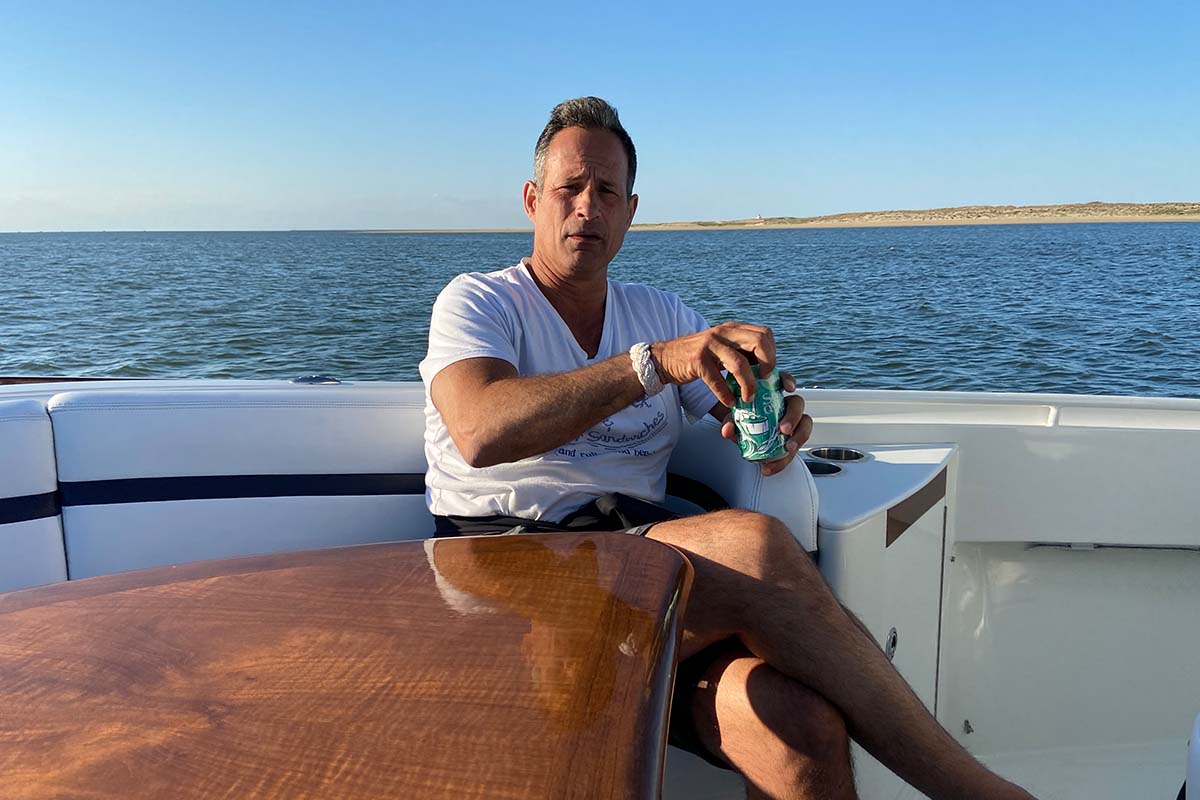
If Dogfish Head was the second generation of craft beer, it feels like we’re in the midst of a third, more confusing phase. So I decided to ask Calagione, 51, about both his past success but also where his industry is headed. I spoke with him in person at his home base of Lewes, Delaware, in early May (coinciding with the release of DH’s Pontoon Lagoon gose, a collaboration with and benefit for the DE Center for the Inland Bays) then followed up via email in early June.
“Having started DFH as the smallest indie craft brewery in America — we think big, but are plucky and adventurous, as if we were still a startup,” says Calagione. (It’s a good place to start, and probably better than focusing on Calagione’s beer-themed rap side gig. That admittedly fun project is called Pain Relievaz, they have one song on Spotify, and it’s “the first hip-hop song to give shout outs to Jacque Cousteau, Van Morrison, Robert De Niro, Woody Guthrie and Henry David Thoreau.” Listen to that, nod, and then come back here and get ready for a really strange story about Eddie Vedder’s drinking habits.)
InsideHook: You were a very, very early part of the craft beer movement.
Sam Calagione: I graduated college at 22, wrote the business plan at 24 and started the business at 25. At the time I was taking writing classes and working toward an MFA at Columbia. I was also working at a bar called Nacho Mama’s. Before, I drank shitty beer like any college kid. But the owner of this bar, he wanted a beer bar. We bought some home brewing equipment — there was only one place in the early 90s in New York to do that — and started home brewing. And then I wrote my business plan instead of getting my graduate degree.
You made that jump into craft beer pretty quickly.
It took me over a year to raise $220,000 to start a brewery. And I wanted to open a brewery in a state that didn’t have one, and that was Delaware. My wife, who I met in high school, was from here. We started dating at 16, and in the summer we’d come down here, wait tables and bartend. We just had our 25th anniversary.
Where does that place you in the world of craft beer?
I think we’re the second-gen craft movement. Sierra Nevada, Sam Adams, they’re the first generation, and they focused on fresh European-style beers. For my time, it’s us, Stone Brewing and Bell’s.
I do know we were the first commercial brewery to introduce culinary ingredients into craft beer, but I’d say now of the 8,000 breweries, most do fruited sours. But in the mid-’90s, it was not cool. People thought we were assholes and heretics for putting coffee in beers or fruit in IPAs, so for three years we were on the brink of bankruptcy.
We started as basically the smallest brewery in America, making 12-gallon batches in the corner of a restaurant. But around 1999 the English patriarch of beer, Michael Jackson [this guy, not the one that springs to mind] did a really nice story on us and how we were reviving the ancient traditions of brewing, where brewers could be creative about what goes into their beer … which hadn’t been the case since around the 1500s, when the Germans came up with Reinheitsgebot, which said beer could only be water, hops and barley.
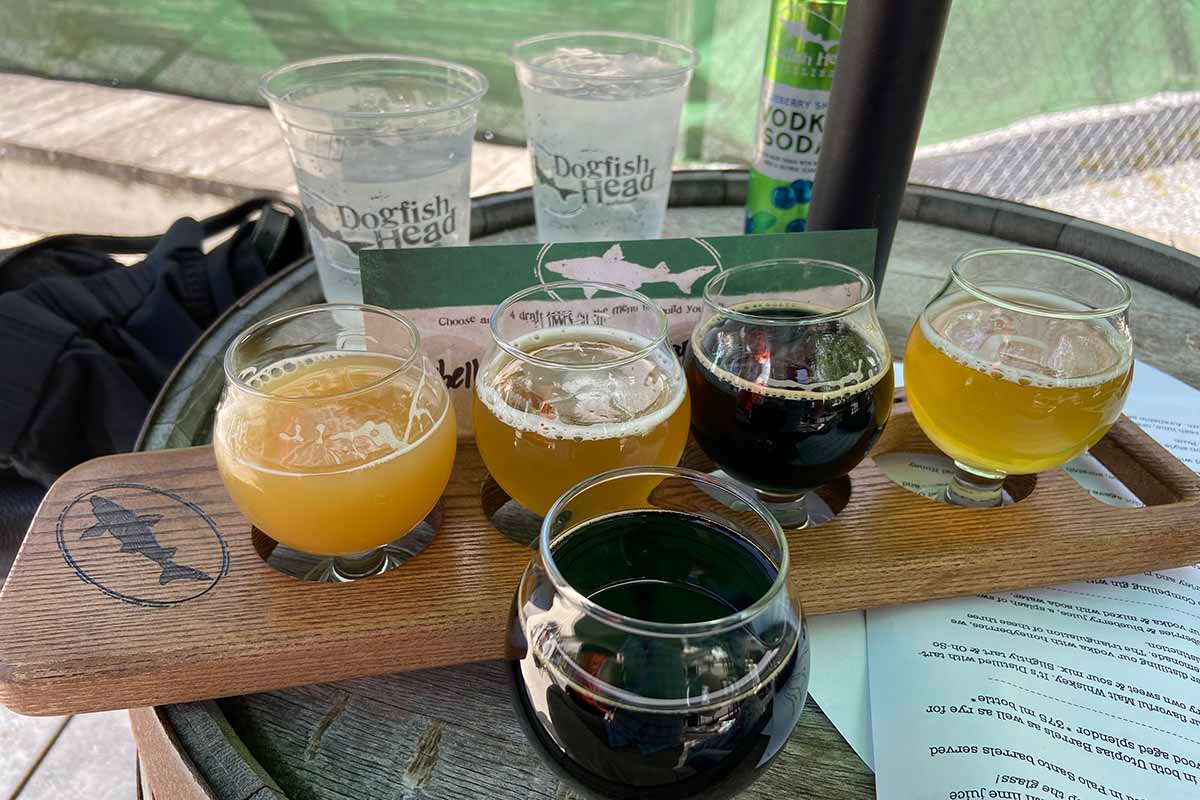
And then we came out with Midas Touch [an Ancient Ale collaboration with biomolecular archaeologist Dr. Patrick McGovern] and the first Imperial IPA in the U.S. with the 90 Minute IPA. And we started getting some recognition beyond coastal Delaware.
You also got into the spirits world quite early on.
The business plan was to be the first commercial brewery in America to commit to making beers outside of the Reinheitsgebot, and use culinary ingredients and fuck with traditional beer styles. We can also do that in spirits.
In 2019 you merged with Boston Beer. Why?
We were like, shit’s getting real. Little breweries are opening up everywhere — it went from a brewery opening every week to two breweries opening every day. It’s not sustainable! And seltzers and cocktails were growing faster than craft beer. And with so many local breweries, we were losing volume further from home. So our options were to go into debt and hire sales people and compete with Coors and Bud, or contract and fire a bunch of people.
Or we could merge with a like-minded American craft brewery. And me and (Boston Beer co-founder) Jim Koch were friends and had collaborated before. We did our first collaboration with Sam Adams called Savor Flowers for the SAVOR food and beer festival many years ago. It was a beer brewed with edible flowers and distilled flower water. Not only was it delicious, but it’s what introduced me to a bunch of Sam’s brewers, in addition to Jim — and I could tell we had a lot in common. The cultural overlap was a big part of our decision to merge.
And we work well together: Dogfish is strong in sours, IPAs and distilled spirits, and Boston Beer is strong with lagers, seltzers, Twisted Tea and cider.
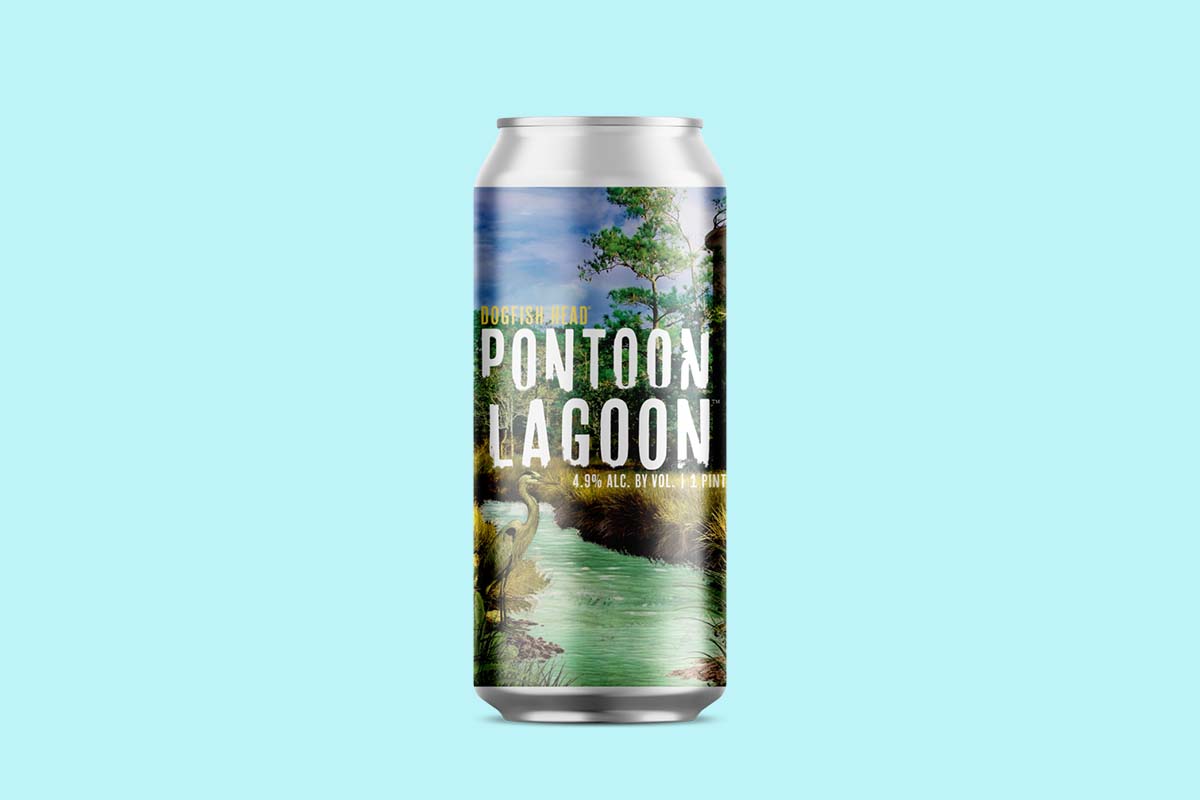
How did you start working with environmental groups?
My wife deserves a lot of credit. When we went from bankrupt to getting national attention and becoming financially sustainable, we wanted to focus on the karma of giving back. Since we focus on culinary ingredients, we’ve emphasized non-profits that are about open, natural spaces. It was Alice Waters and James Beard who said people should stop genuflecting toward Europe and coming up with our own food traditions. So we’ve done a lot locally.
After this weekend, my wife and I are actually taking a trip in our Tesla from Miami to Maine, stopping in nature conservancies in every state and doing some videos that focus on the cool stuff they’re doing.
Why did you start your own hotel?
We’re proud to out-punch our weight as a brewery, but also we got a lot of “What the hell is in Delaware, anyway?” I feel like we’re a hidden treasure, a few hours from New York or Philly. It’s nature on steroids here. And we don’t get props for our natural beauty. The hotel is equidistant from our restaurants and brewery, so we underwrote some bike trails and kind of turned it into an adult adventure camp where I’ll show up on a Saturday night and talk to people by the firepit. That’s where I learned, years ago, that people really want their beers in a can.
How did you start collaborating with bands?
We’ve done stuff with Pearl Jam, Guided By Voices, The Flaming Lips. After we did Bitches brew with Miles Davis’s family, the manager of Pearl Jam reached out about doing a beer for the re-release of Ten. Unlike some other bands, they weren’t that vested in the final product. Eddie Vedder sent me one sentence, something like, ‘Hey Sam, we love what you did with Miles Davis. On stage we drink a lot of fruit-forward Pinot Noirs and Corona. Can you cross those two things?’ And we did — we got the exact color and bitterness of Corona, but infused with black currants.
But then we’ve done some amazing collaborations with Deltron 3030. And Wayne Coyne of the Flaming Lips would send me memes and photos to describe the beer he wanted. And then he wrote songs and created characters out of the ingredients.
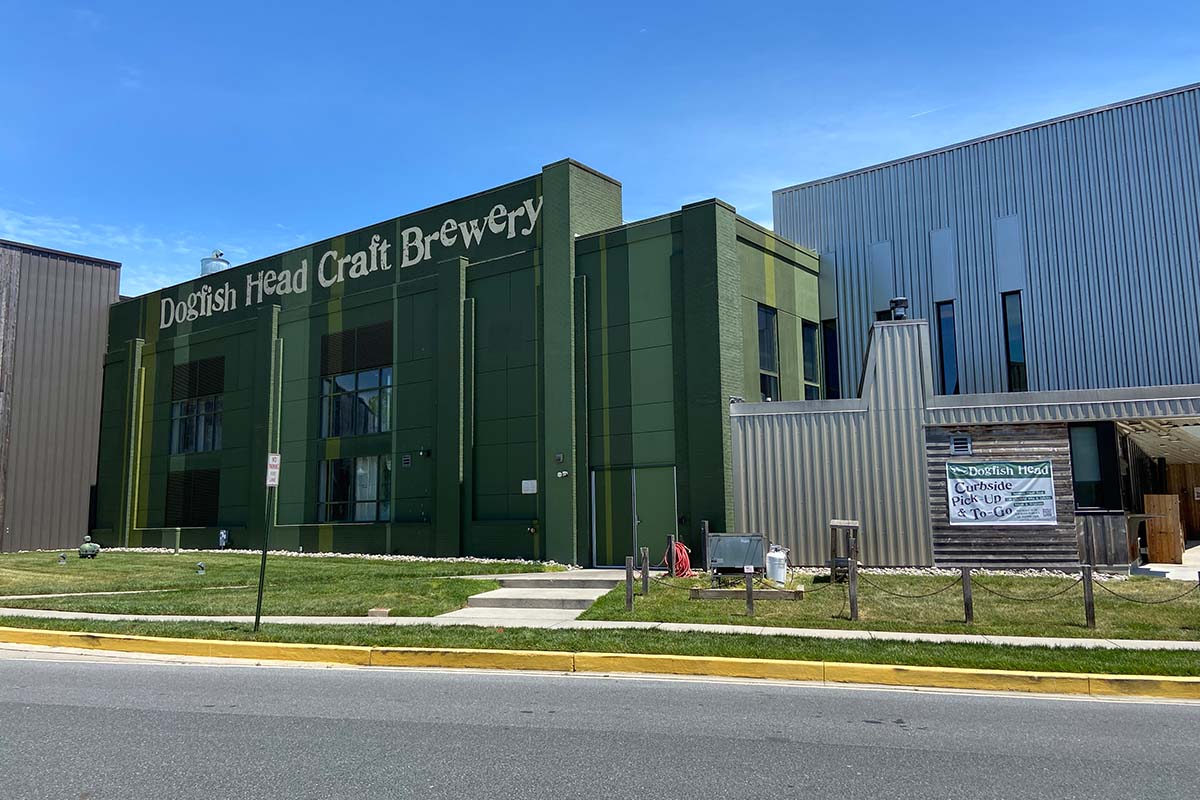
So where in the craft beer world are you headed?
Fruited sours, for one. It’s not bitter like an IPA, and it can appeal to a margarita drinker or a Pinot Grigio drinker. We’re bullish on sours, and that’s part of the reason we’re opening a Dogfish in Miami, as a partnership with the University of Florida College of Agricultural and Life Sciences. We’re looking at experimental fruit.
You have spirits, RTDs, non-alcoholic beers and now brewpubs. Do you consider these new avenues of expansion a luxury, an opportunity or a necessity?
It’s an opportunity and a necessity. It’s an opportunity to flex our creative muscles and innovate in new and exciting areas. It’s also a necessity in the fact that to remain relevant, we must give the drinkers what they want, and that often means expanding our list of offerings into tangential but still off-centered areas. Today’s younger consumers are looking for diversity and bold flavors and our portfolio needs to deliver on both. And I’ve always thought of Dogfish Head as a beverage and food company, not just a beer company.
Would you release something you personally didn’t love but you thought fans of Dogfish Head would like?
Great question! Generally, I am an omnivorous drinker, but we did a beer once called Au Courant that we released coast-to-coast over a decade ago. I loved the name and brewing with black currants, but I hated the beer and hence, we did not continue to make it.
How does the beer world start to include and promote new voices and points of view?
I have always believed that it is important to value all voices and points of view. That’s one of the reasons at Dogfish Head we refer to each other as co-workers, regardless of where we fall on the org chart. We promote equality and respect among all co-workers and value all their opinions and voices equally. Our company cares very deeply about these issues. In fact, my wife Mariah’s title at our company is Social Impact Leader & Dogfish Head Co-Founder, and she and her team do important work in this arena every day.
The merger seems to have brought up some worries about where the craft beer industry is headed.
I wouldn’t use the word worried — we’re excited to keep over-indexing our focus on beer, even though it’s not the biggest thing we make anymore. By volume, we sell more Truly and Twisted Tea, but we are the Boston Beer Company. Seltzer has been around 10 years, beer’s been around for 10,000. Beer will be back. So let’s focus on innovation in the beer space after IPAs.
Every Thursday, our resident experts see to it that you’re up to date on the latest from the world of drinks. Trend reports, bottle reviews, cocktail recipes and more. Sign up for THE SPILL now.
